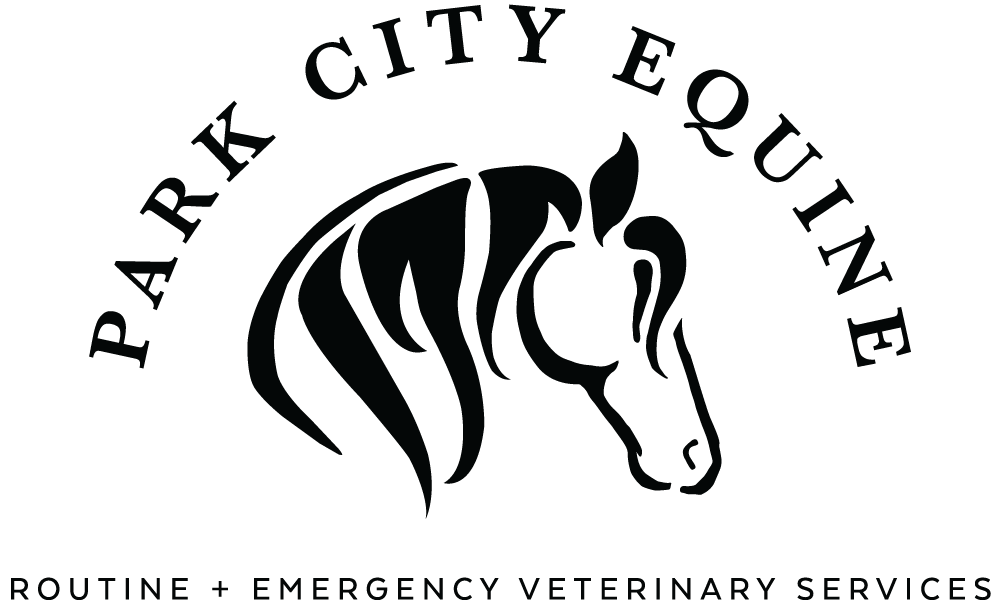Equine Movement Disorder
Several conditions can affect how horses move. This includes ones that affect the spinal cord and nerves that run to the muscles as well as to the hooves.
Stringhalt
Stringhalt shows up in horses as a jump, jerk or hop in the one or both hindlimbs, with the legs tucked up high. Symptoms often start suddenly. In mild cases, symptoms may only happen occasionally. In some horses, though, the condition can be so severe that the foot hits the abdomen. A veterinarian may use electromyography (measuring the electrical activity of the muscles) to help diagnose the condition.
The exact cause of stringhalt is unknown; although it may result from a problem with the nerves or a spinal cord disease. Severe forms may be caused by the horse ingesting a poisonous plant — for instance, sweet pea poisoning (lathyrism) in the U.S. or flat weed intoxication in Australia.
Treatment can involve moving a horse to a different paddock if intoxication is suspected. These horses sometimes recover on their own. In chronic (ongoing) cases, surgery on the tendon that causes the jerking movement may be required. Another option includes the use of medications, such as thiamine (vitamin B1) and phenytoin.
Shivers
Shivers is a chronic condition that affects a horse’s nervous or neuromuscular systems. In the beginning, symptoms are difficult to detect, but grow worse as the horse ages. The horse develops jerky movements or muscle spasms in one or both hindlimbs, the tail or pelvis.
These symptoms may be more obvious when the horse is backing up or moving quickly or when the hind leg is picked up for cleaning of the hoof. The underlying cause of shivers is not known; however, it may be related to a problem with the nervous system. This condition may also be passed onto offspring (hereditary), but that has not been definitely proven.
Shivers currently has no effective treatment. Some horses get better after resting, but the symptoms often return when the horse starts to exercise again. Some horse owners have tried to implement a high-fat, low-carbohydrate diet into their horse’s routine, but there are limited scientific studies that support evidence that this is a reliable treatment option. This condition worsens over time, but in some horses, it can take up to 24 years for the horse to become incapacitated.
White Line Disease
White line disease affects the hoof wall, causing it to separate from the laminae underneath. This is most likely caused by unusual wall stress due to poor conformation or trimming of the foot, such as underrun heels or long toe. This separation can start at the heels, toes or quarters. Opportunistic fungi and bacteria can grow in these cracks and cause pus to drain from them. If the condition is severe enough, horses may develop lameness.
Treatment for white line disease involves removing abnormal stresses on the hoof wall through corrective trimming. After that, the separated hoof wall is removed, up to the point where the wall is still attached to the underlying layer. Corrective shoeing is then done to support the part of the foot that remains and to reduce stress on other parts of the foot.
Wobbler Syndrome
Wobbler syndrome, also known as cervical stenotic myelopathy (CSM), is a neurologic disease that affects the vertebrae in the neck of horses. Abnormal growth of the vertebrae causes the spinal canal to narrow, which leads to compression of the spinal cord. This causes neurologic problems — such as weakness and spasms — in the limbs, especially in the hindlimbs.
Nutrition plays a role in the formation of this condition, including overfeeding and the presence of certain levels of minerals such as zinc and copper. Genetics may also play a role, with some breeds more likely to develop this condition. Males are also more likely to be affected than females.
Treatment sometimes involves changes to the diet. This may work better for younger horses, whose bones are still developing. Anti-inflammatory drugs may also be used to slow the growth of the bone in the vertebrae and reduce swelling in other tissues. Surgery may also be needed to reduce compression on the spinal cord.
Contact our office today, so we can evaluate your horse’s health and review the treatment options with you.

